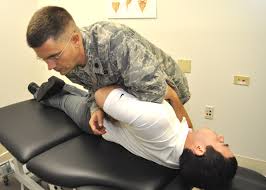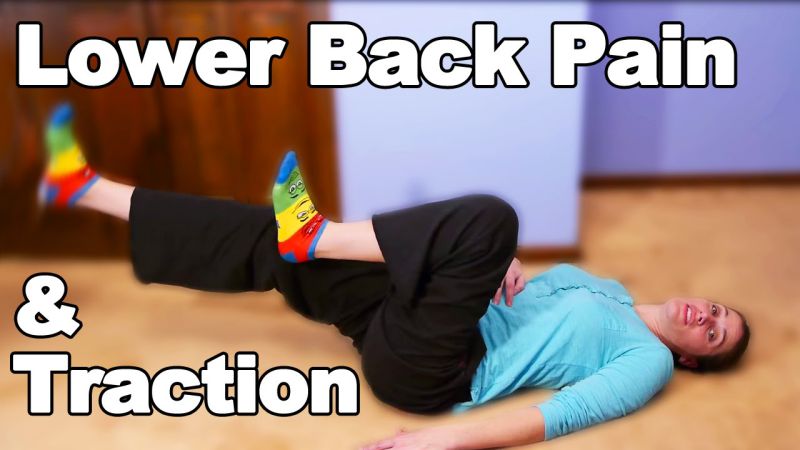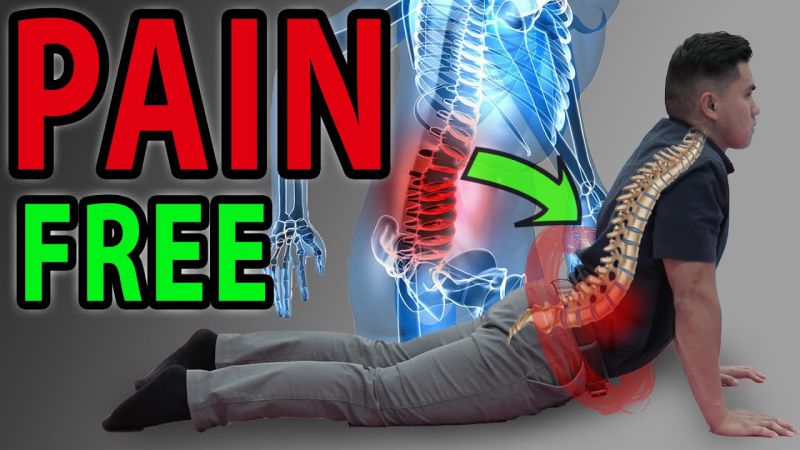In this article, we are going to guide you about what to Do When You Have Lower Back Pain – 6 Overlooked Remedies which is very helpful for you.
Table of Contents
What to Do When You Have Lower Back Pain – Top 6 Home Remedies
When lower back pain insists and continues to prevent your quality of life, multiple processing choices may be required for adequate back pain assistance.
Here are some back pain medications that are commonly neglected or underused. Try one or more of these solutions to see which one, or compound, works most suited for you.
1. Release Your Inner Endorphins
Endorphins are hormones created directly in your body. What numerous people don’t understand is that endorphins may support block pain beacons from registering in your brain. Endorphins also support and alleviate tension, stress, and worry, which are all connected with chronic back pain and often make the pain more serious.
Specific activities may expand your endorphin levels, such as aerobic exercise, massage treatment, or meditation.
2. Get Enough Restorative Sleep
Pain is a leading condition of insomnia—a problem with falling asleep and/or staying asleep. Inadequate sleep can also create your back pain more serious. This vicious cycle performs it more challenging for you to get healthful sleep.
Getting enough healthful sleep is required for the body’s tissues to heal and restore energy levels. If you have difficulty sleeping, it is essential to discuss pain or other circumstances that are causing it. Your doctor might suggest lifestyle changes, medications, or other methods depending on what is disturbing your sleep.
3. Exercise Your Core
The muscles in your abs and back perform a critical role in helping your lower spine. These muscles don’t get a great workout during the course of a regular day—they need to be particularly targeted through exercise.
There are several simple exercises that can be done in 20 to 30 minutes as part of your daily routine. If you are just beginning out, even the easy act of sitting upright on an exercise ball for 30 minutes a day will involve your essence muscles.
4. Engage Your Brain
Pain experts have long known that pain is more difficult than just a feeling. The way your brain understands and prepares pain signals plays an essential role in how you notice your pain.
The good news is that you can acquire skills for your brain to reduce or neglect some pain signs. Some policies to try include:
- Mindful pain management. Training mindfulness and meditation, which typically includes slow, controlled breathing and concentrating the mind, may assist decrease the pain sensation. It can also support relaxation. To get commenced with mindfulness and recreation methods, many free videos are free online.
- Cognitive-behavioral therapy. This variety of treatments may help you to think about your pain individually or learn new approaches for achieving it.
Acquiring expertise in mind-body methods may go a long way to help you have some degree of control over your pain.
5. Find Activities That Make You Happy
Ongoing back pain can wreak havoc on your world, concerning your cherished relations, finances, and your skill to get stuff done at the job and at home. Finding projects that make you well can help decrease some tension and may relieve some pain.
Some people discover that even doing just 3 items that make them feel good each day—such as enjoying a refreshing cup of tea or coffee, calling an old friend, walking the dog, or getting a longish 30-second hug from a loved one—can make the pain more bearable.
Even something as easy as laughter with a friend may animate feel-good endorphins.
6. Stretch Your Hamstrings Twice Daily
One often neglected donor to lower back pain is tight hamstrings. If your hamstring muscles—discovered in the back of your thighs—are too tight hamstrings your more moderate back and sacroiliac joints will be emphasized, leading to more pain. Hamstring stretching should be done correctly and at least double per day for 15-30 seconds each time.
There are several gentle stretching workouts that should not hurt.
Bonus Tip: Soothe The Pain With Cold And/Or Hot
Don’t undervalue the pain modulation of simply applying cold packs and/or hot packs to help decrease your lower back pain.
Cold therapy helps decrease inflammation and pain. Some models include covering ice in a cloth, a pack of frozen peas from the freezer, or a cold gel pack. Always hold at least one layer between your surface and the ice/cold pack.
Heat therapy helps increase blood flow, relaxation, and pain relief. Heat can come in various forms. It’s best to try some to find what goes best for you. Taking a hot bath or shower, soaking in a hot tub, or using a heating pad or heat wrap are all steps to bring warmth to your lower back.
Whether utilizing ice or a heat pack, limit applications to 15 or 20 minutes with at least 2 hours of rest in between to protect your skin. Never sleep with a heating pad or frozen pack as this can lead to permanent skin damage.
Hopefully, these overlooked solutions can help you try some new entrances to better handle your lower back pain and get lasting relief.


